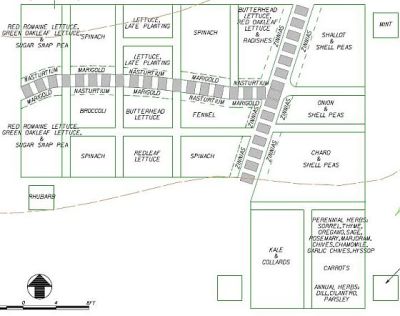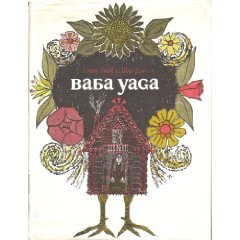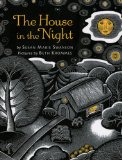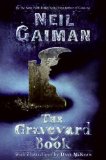Thanks to Charlotte, who tagged me for this irresistible meme (thereby snapping me out of my blogging funk). Now for my list. About a year ago, I was poking around in my parents' attic and found several missing boxes full of my childhood books, mostly middle-grade paperbacks. Most of the books on this list were in those boxes; they were the ones I read first.
1. Mandy by Julie [Andrews] Edwards. I loved Mandy's secret cottage and garden, and identified with her desire to care for a place of her very own.
2. Ballet Shoes by Noel Streatfeild. I've written about the Shoes books here. Good news for Shoes fans: Skating Shoes is available for pre-order on Amazon!
3. The Christmas Dolls by Carol Beach York. I'm inordinately fond of this book and would read every Butterfield Square Story in the series if only I could find them (they're OOP).
4. Miss Happiness and Miss Flower by Rumer Godden. I'm still waiting for someone to make me a Japanese dollhouse.
5. A Little Princess by Frances Hodgson Burnett. My childhood copy of this book, I'm sad to say, was not in the boxes. Perhaps it fell apart.
6. What Katy Did et al. by Susan Coolidge. I own these in an Octopus Books omnibus edition which was one of my prized possessions. I even had my school librarian wrap the jacket in mylar for me. It wasn't in the boxes, either: it was on my shelf. Surprise! There are no British orphans in it.























